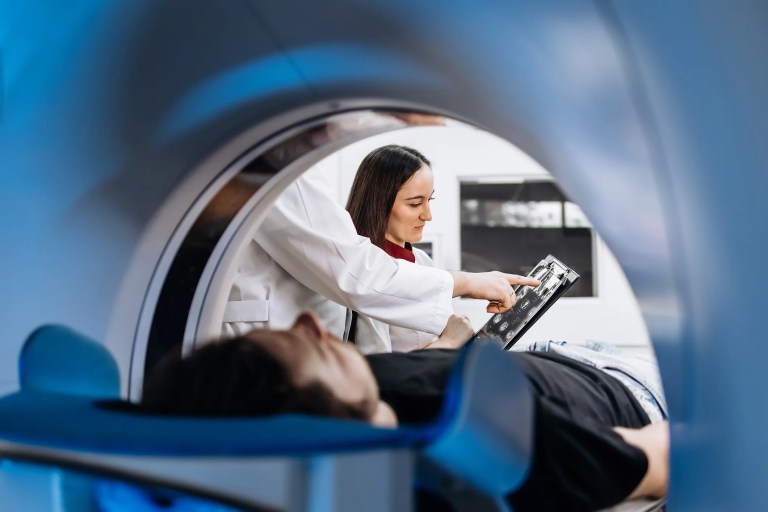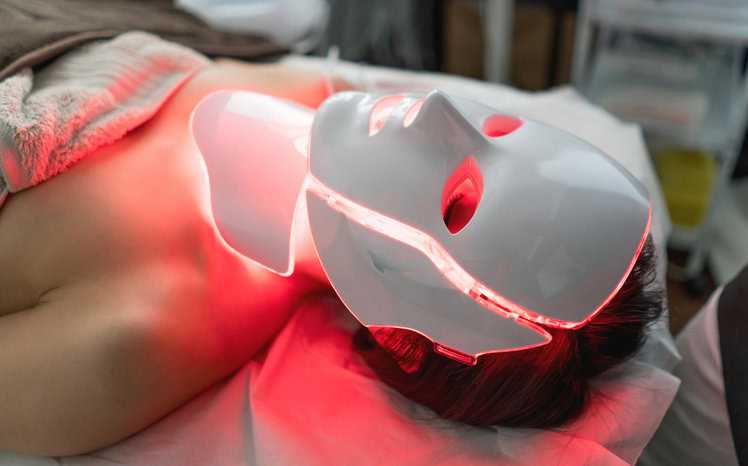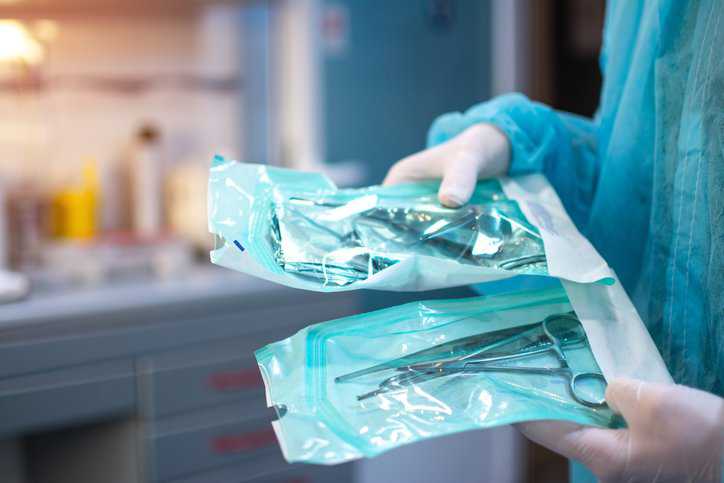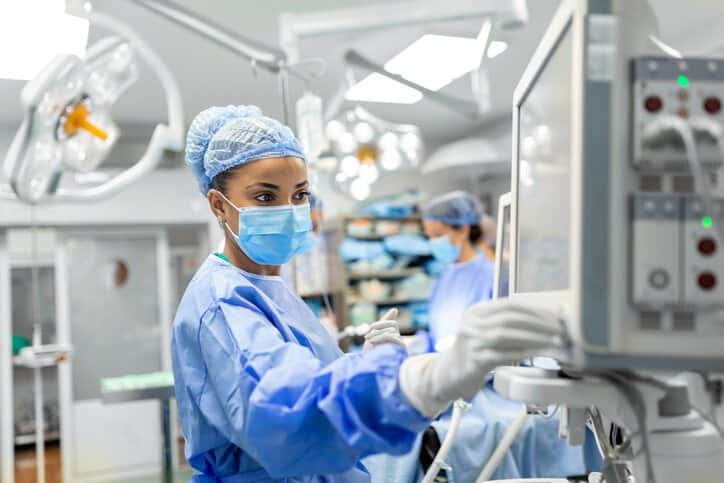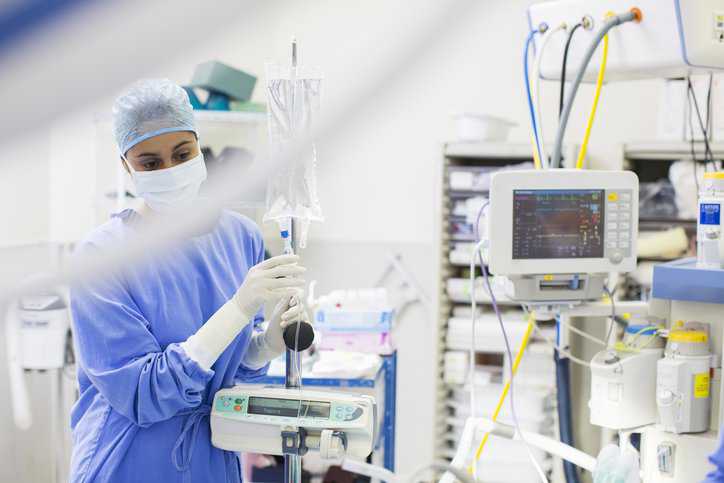Reimagining Higher Education: The Power of Building New Pathways to Success
The joint Workcred, Higher Learning Commission, and League for Innovation in the Community College Certification + Degree (C+D) pathway project fostered a fundamental shift in…


